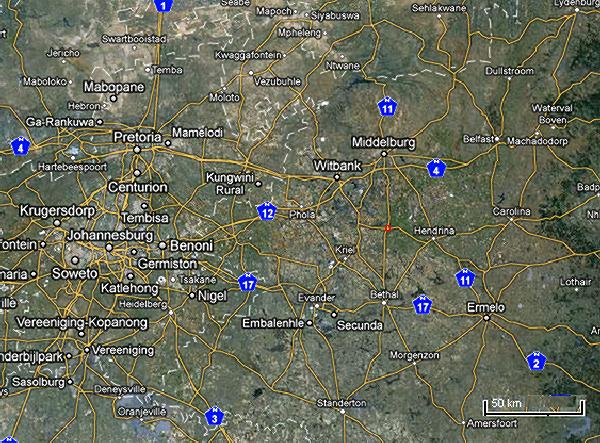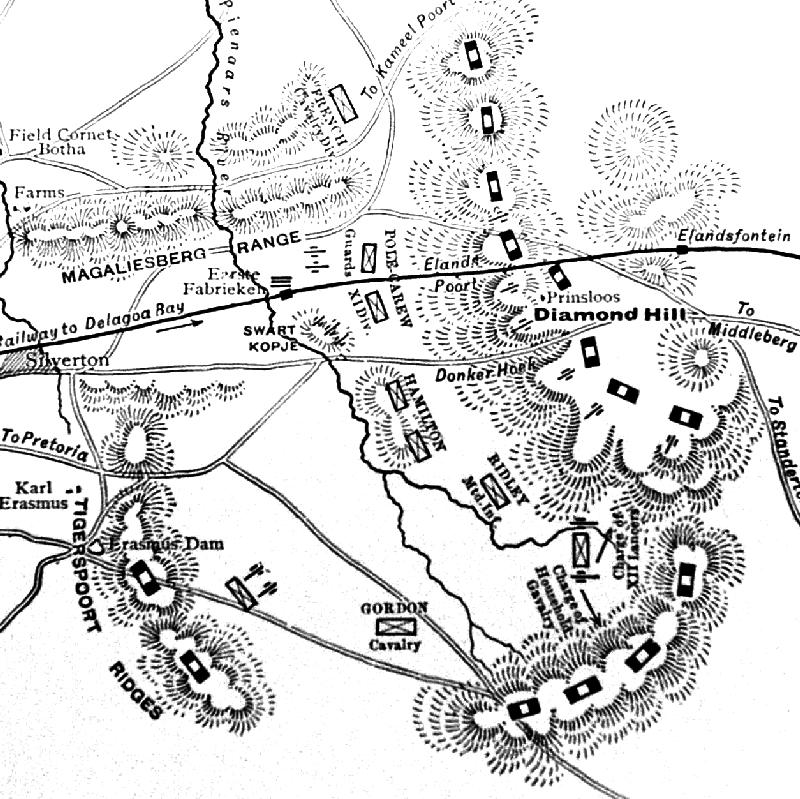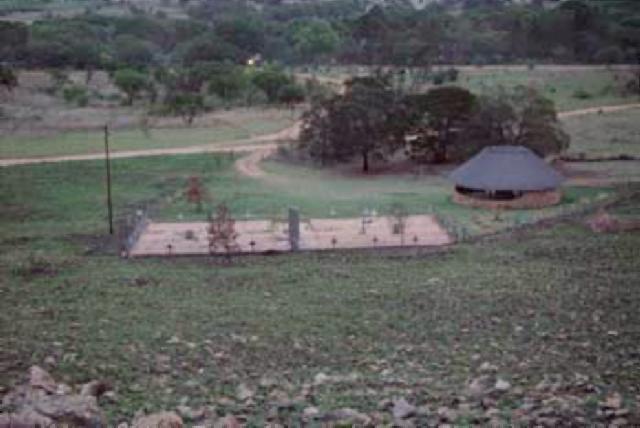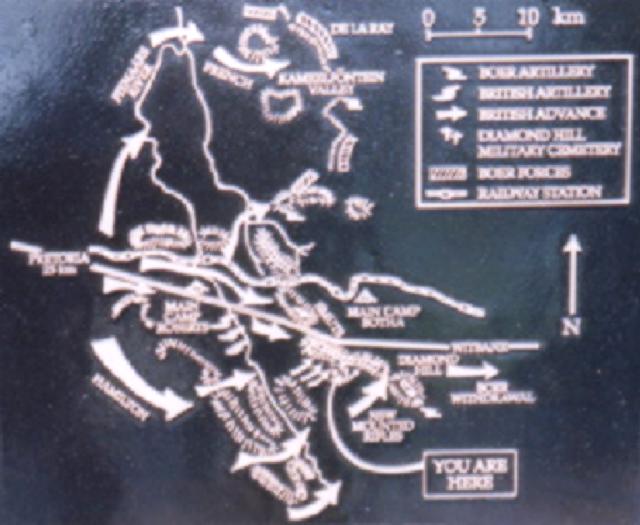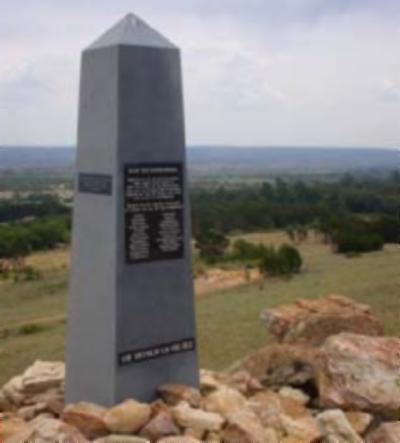Topic: BatzG - Aug 1915
The August Offensive
Gallipoli, August 1915
Artillery Support
Action of Artillery in Support of forthcoming Operations.
Reference - Trench Diagram No. 3
1. Preliminary Bombardment.
Under orders of O.'s Commanding Div. Art. of both Divisions.
(a) of1. JOHNSTONE'S JOLLY2. LONE PINE3. GERMAN OFFICER'S TRENCH4. The Slopes to S.E. of those.)
120 rounds (30 per battery) on 5th August - 1 day before attack 160 rounds (40 per battery) on 6th August - from 0400 till 1500. Those rounds will be fired in two lots, total rounds as above varying times of firing.
On 6th August from 1700 till 1750, a quick rate of fire will be opened on1. JOHNSTONE'S JOLLY2. GERMAN OFFICER'S TRENCH3. Slopes to S.R.
Batteries to carry this out are:"D" Battery 69th Brigade (How) - from the left flank on JOHNSTONE'S JOLLY.“E” Battery 69th Brigade (How) - from, the left flank on LONE PINE.4th Battery Lowland Brigade. (How:) - from the right flank on GERMAN OFFICER'S TRENCH & S.R. Slopes.4.5" Battery N.Z. (How:) - from the left flank, on the front trenches of JOHNSTONE'S JOLLY & LONE PINE
(b) No. 1. N.Z. Battery will fire H.E. to cut wire in front of JOHNSTONE'S JOLLY, LONE PINE & GERMAN OFFICER'S TRENCH, on 5th and 6th August under orders of O.C. N.Z. Artillery.
(c) Under the order of the O's C Div. Artillery of Both Divns.
CADDY'S Battery will engage trenches C.1. to C.6.(b) "A" Battery 69th Brigade (How) will engage trenches A11. PHILLIP'S Battery will engage trenches A 3, A 7, A11., on 5th and 6th August, 20 rounds per Battery, choosing own time, but preferably at dawn and dusk.
FIRST PHASE - ATTACK ON PLATEAU 400.
(a)
From 1750 to 2100, on 6th August, the following batteries are placed under the orders of G.O.C. Australian Div. Artillery.
No. 1. N.Z. Field Battery.No. 2. N.Z. Field Battery.4.5" N.Z. (Howr) Battery"A" Battery, 69th (Howr) Brigade."C" Battery, 69th (Howr) Brigade.“6" (Howr) N.Z.2 guns Ferguson Mountain Battery.
(b)
At 1730, every hostile gun that can fire in direction of LONE PINE, will be opened on, and the following trenches also.
Hostile Gun Positions.
Batteries to engage them
SCRUBBY KNOLL"C" Battery, 69th (Howr) Brigade."C" N.Z. Howitzer.
BATTLESHIP HILL"C" BatteryBrowne's Battery, Aust. Art.Caddy's Battery, Aust. Art."A" Battery, 69th (Howr) Brigade.
MORTAR RIDGE"C" Battery, 69th (Howr) Brigade.69th Battery, Lowland (Howr) Bde.4.5" N.Z. (Howr) Battery.
SAND PIT"A" Battery, 69th (Howr) Brigade.
4th Battery, Lowland (Howr) Bde.
GUN RIDGE(6" New enemy)
4th Battery Lowland (Howr) Bde.6" Howitzer No. 2.
OLIVE GROVE & WINE GLASSBurgess, Aust. Art.4.7"6" Howitzer No. 1.Hughes's Aust. Art.5th Lowland.
Hostile trenches and batteries to engage them.CHESS BOARD
Phillips Battery, Aust. Art.Caddy's Battery, Aust. Art."
Opposite QUINN'S & COURTNEY'SNo. 2. N.Z. Battery
JOHNSTONE'S JOLLYNo. 1. N.Z. Battery will watch.
BABY 7005th Battery Lowland (Howr) Bde."B" Battery, 69th (Howr) Bde.
(c)
Each Battery has its allotted zone, and is responsible that every endeavour is made to1. Locate, and keep under hostile batteries.2. Locate hostile movements.3. Keep up a steady fire.4. Keep themselves informed of the situation.
(d)
Careful watch must be kept on hostile movements and fire from the right flank, e.g. OLIVE GROVE & WINE GLASS HILL. For this the following are available:4.7" gun.Burgess Battery Aust. Art.
"D" Battery, 69th (Howr) Brigade.No. 2. 6"(Howr) Aust.
Note: The Brigade will also be firing in this direction.
SECOND PHASE – ATTACK ON BABY 700 AND CHUNUK BAIR.
(a)
At 2100 on 6th August, the following batteries, in addition to all the N.Z. Artillery, will come under the orders of O.C. N.Z.
Artillery:-Caddy's Australian BatteryPhillip's. Australian BatteryBrowne's Australian Battery"A "Battery, 69th (Howr) Brigade.½ "B" Battery, 69th (Howr) Brigade.
(b)
The following Batteries will remain under Army Corps Orders.½ "B" Battery, 69th (Howr) Brigade."C" Battery, 69th (Howr) Brigade.”D" Battery, 69th (Howr) Brigade.
(c)
From 2130 till 2200 the following Batteries, under orders of O.C. N.Z. Artillery, will fire on TABLE TOP:-6” N.Z. (Howr)4.5” N.Z. (Howr)½ "B" Battery, 69th (Howr) Brigade.
(d)
At 2150 fire will be opened as follows:Caddy's Australian BatteryPhillip's Australian Battery.Browne's Australian Battery
on CHESS BOARDNo. 1. N.Z. BatteryNo. 2. N.Z. Battery
at trenches in front of QUINS and POPES."A" Battery, 69th (Howr) Brigade.”D" Battery, 69th (Howr) Brigade.
on BABY 700
Correction to Appendix "A"(1) Second Phase.
Bottom of page - last two paragraphs will read:
7th August. These Batteries continue to fire until 0400, one round every five minutes, and then a quick rate from 0400 to 0430, then stop.
They will be ready at 0430 to open fire on BATTLESHIP HILL
(e)
Other objectives may be given by the Senior N.Z. Artillery Officer at ANZAC.
Further Reading:
The August Offensive, Gallipoli, August 1915
Battles where Australians fought, 1899-1920
Citation: The August Offensive, Gallipoli, August 1915, Artillery Support




